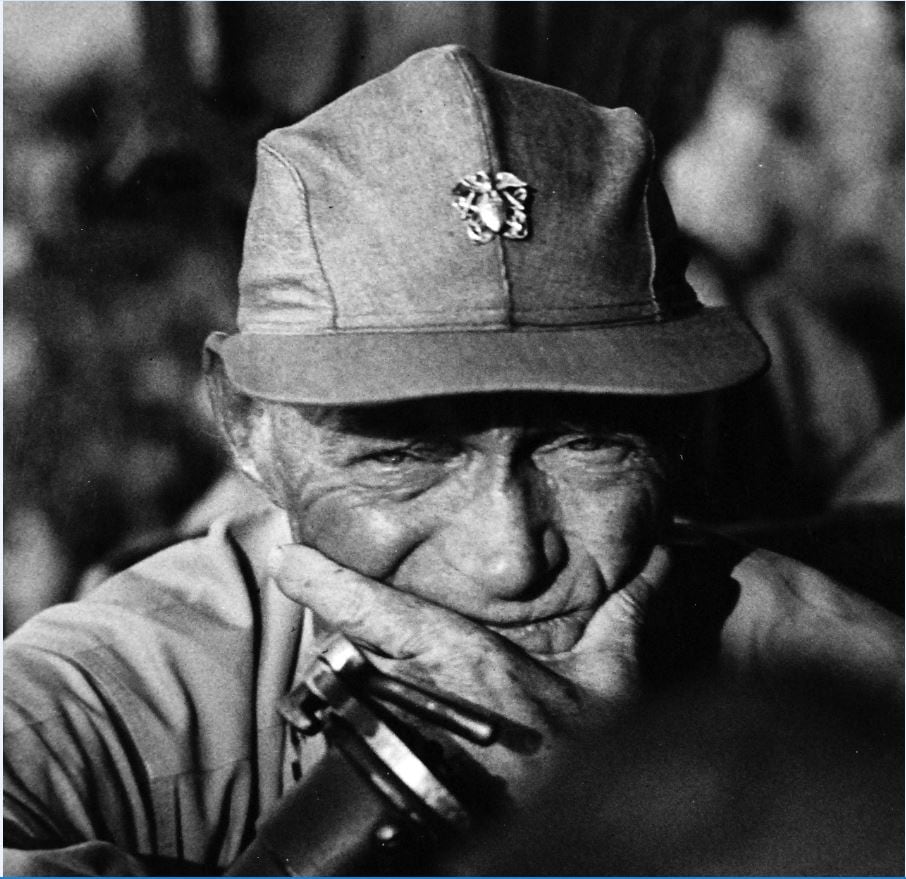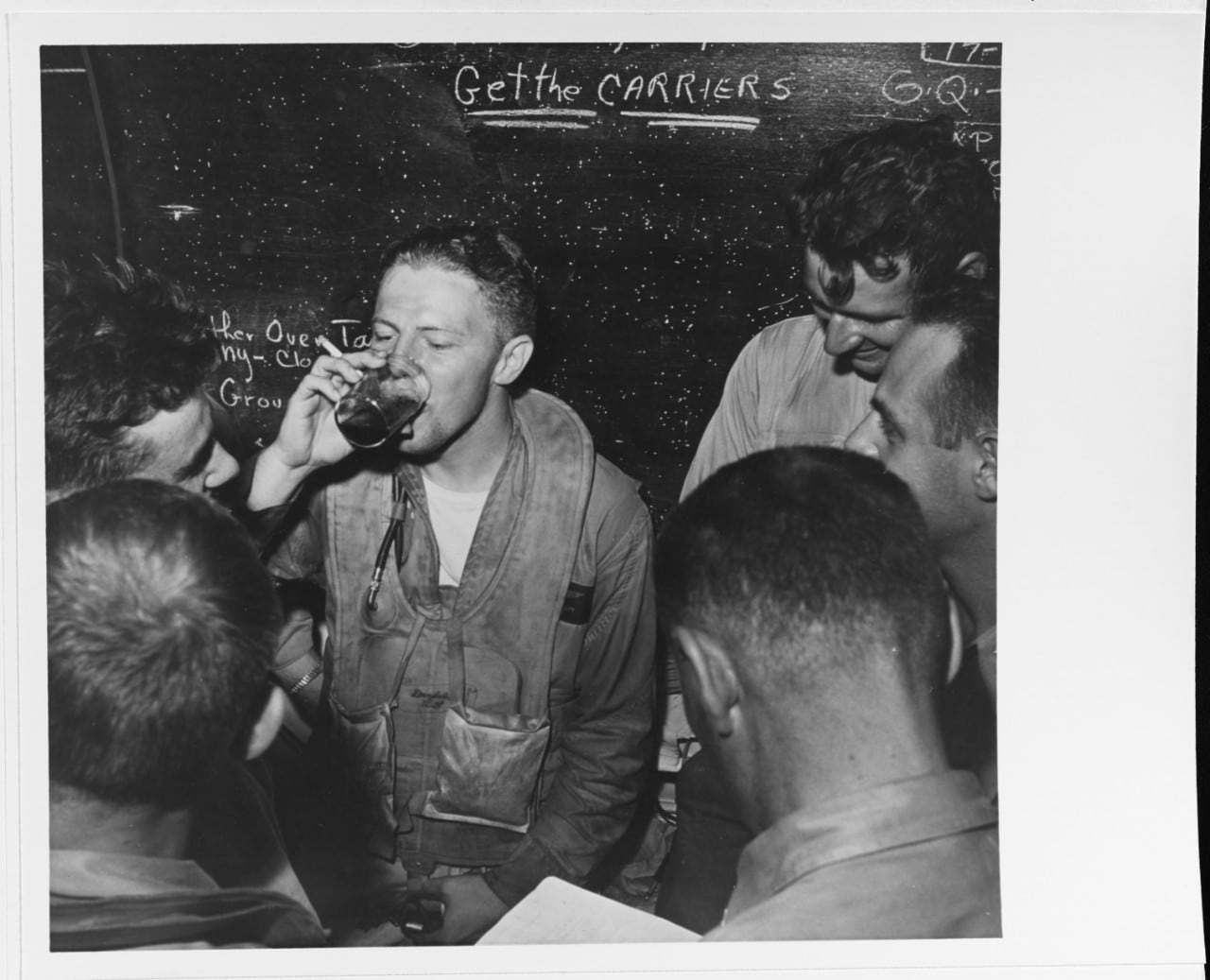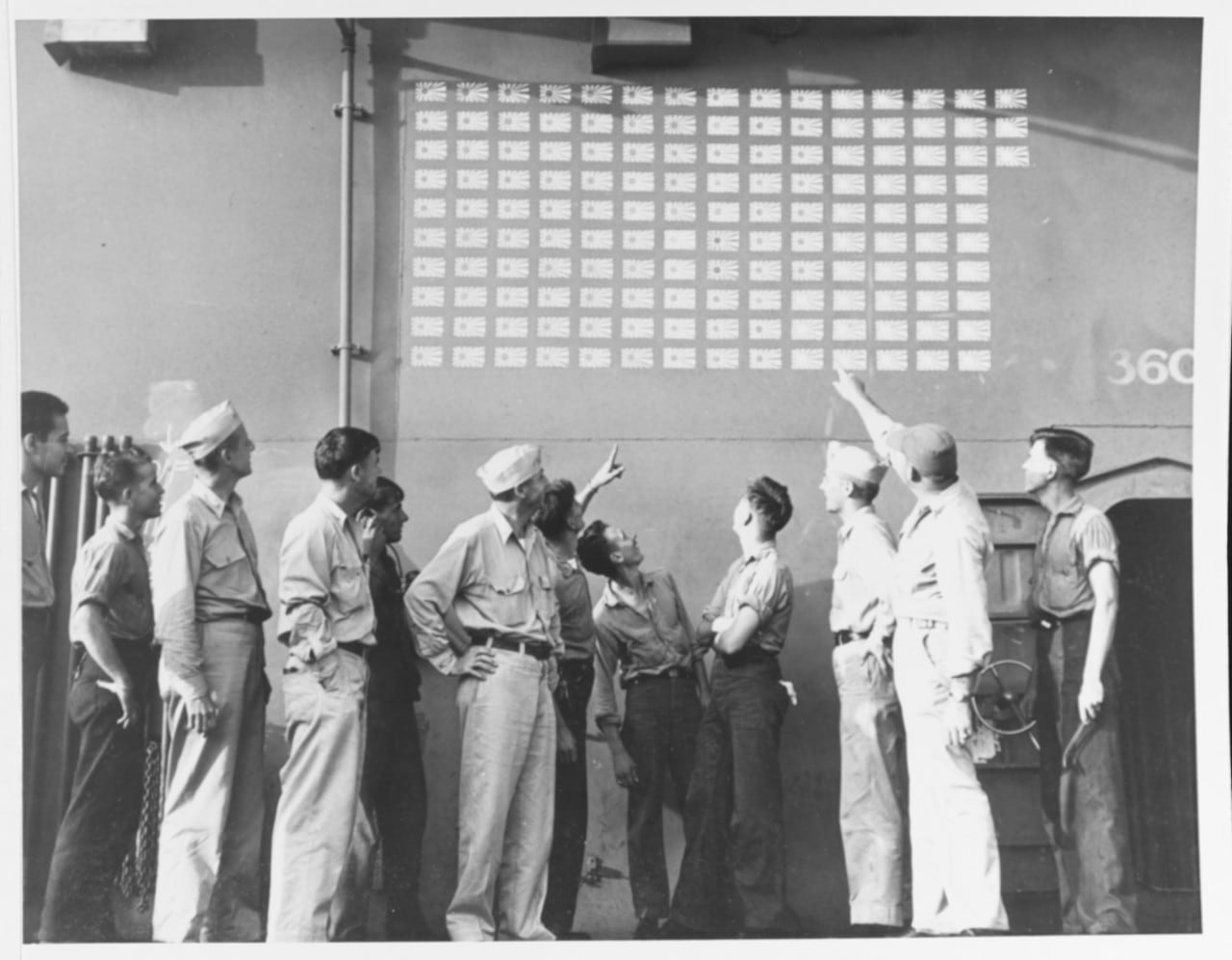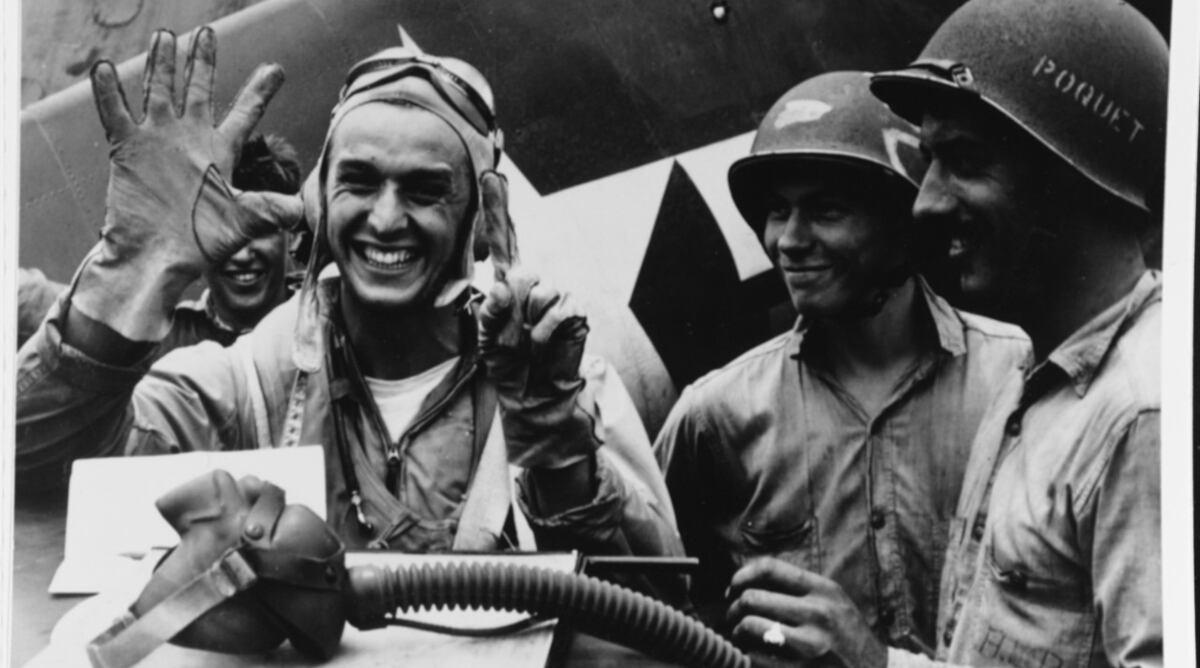As a military historian, I think a lot about guts.
Every day, I read about things I can’t even imagine doing. It’s usually an infantry charge of some sort.
Frederick the Great’s brave grenadiers charging enemy muskets in the 18th century, the Austrians at Kolin in 1757 or the Russians at Zorndorf in 1758 or any number of other places.
The British coming on gamely at Bunker Hill or Guilford Courthouse in the American Revolution.
Napoleon’s grognards at Borodino in 1812.
The British, once again, at New Orleans in 1815 (a battle that placed an exclamation point, to the eternal confusion of American undergraduates, on the War of 1812).
Grant’s Union boys at Cold Harbor in 1864.
British Tommies going over the top at the Somme in 1916, a futile sacrifice that has come to symbolize the Great War in modern memory.
Those brave boys from my adopted state of Texas crossing the Rapido River in early 1944.
You talk about guts!

As I think about the preceding examples, though, I can’t help but notice a simple fact: All of them took place on the land.
All of them involve GI Joes (to Americans). Tommy Atkins (to our British cousins). Landsers, if you prefer the German sources. Ground pounders, we might say.
All these men were brave enough to stand up, charge forward, and brave enemy fire, whether arquebus, musket, rifle, or AK-47. The weaponry may change from era to era, but bravery really doesn’t, as the poet reminds us : From the Hundred Year War to the Crimea/ With a lance and a musket and a Roman spear/ To all the men who have stood with no fear/ In the service of the King

Now, I am aware that an obsession with land combat is an incomplete lens with which to view the war.
For this very reason, I think that we need to give more thought to the war in the Pacific. Let us return to that “turkey shoot” in the Marianas.
Historians have tended to focus on the slaughter of the Japanese pilots on June 19th. With better aviators, better training, better aircraft, the U.S. Navy stood supreme on June 19th.
But a day later, a frustrated Adm. Raymond A. Spruance had finally located the main body of the Japanese fleet at extreme range, and he wanted to hit it.
His search missions hadn’t located the enemy until 1540, and even then the reports were garbled. It wasn’t until 1605 that Spruance achieved a degree of clarity.
By the time he launched his aircraft on their long-range raid, there were only 75 minutes until sunset. In other words, his aviators took off with the full realization that they didn’t have enough fuel or daylight to return from their mission.
Ponder that.
Think about hurtling off of an aircraft carrier in the middle of the world’s biggest ocean. Think about doing it at twilight, fairly certain that you’re not coming back.

Many pilots who survived would later confess that they thought they were saying goodbye as they saluted the bridge, and the feeling seemed mutual among those who remained on board.
Of course, once you’re in flight, things go from bad to worse. You receive another jolt. A new “lat-long” reading for the Japanese fleet adds an extra degree of longitude to your flight.
You can do the math: Longer distance + same fuel = worse news.
Like I say, I tend to emphasize the ground pounder. But I also want to say for the record: I lack words to express my admiration for those young pilots flying west on that June evening in 1944.
As I read the sources, I don’t see that any of them hesitated or objected or asked “why me?”
They did what their commanders and their country told them to do. They carried out a “mission beyond darkness.”
We throw the word “hero” around a lot nowadays. They were the real thing.
RELATED

Dr. Robert M. Citino is the executive director of the Institute for the Study of War and Democracy and the Samuel Zemurray Stone Senior Historian at the National World War II Museum. His column originally appeared in World War II Magazine, a sister publication of Navy Times.




